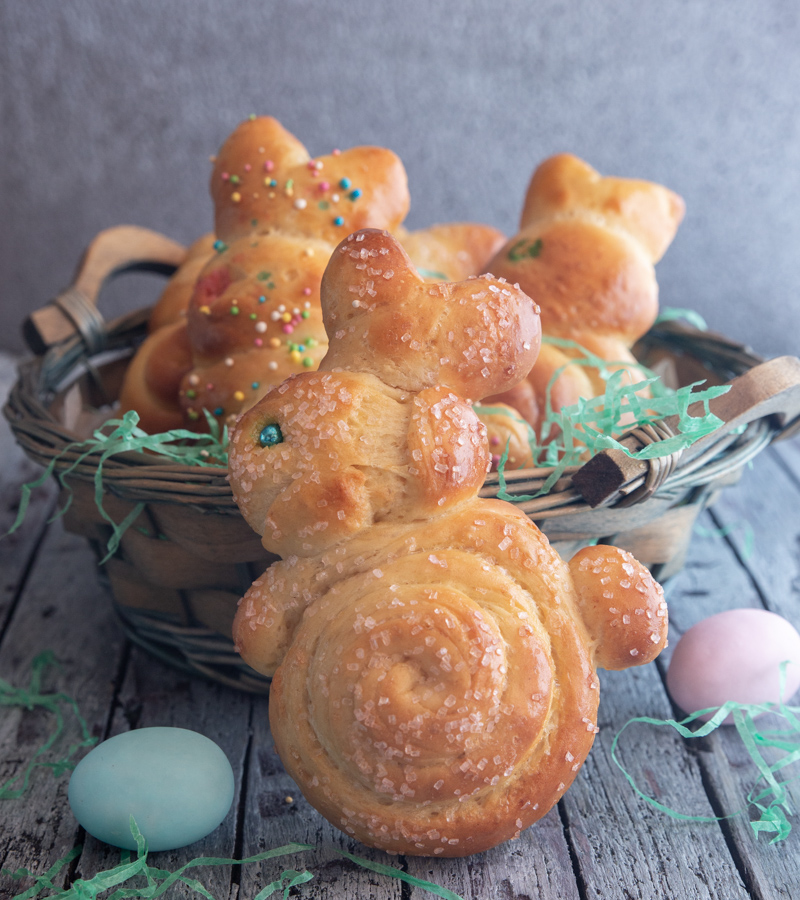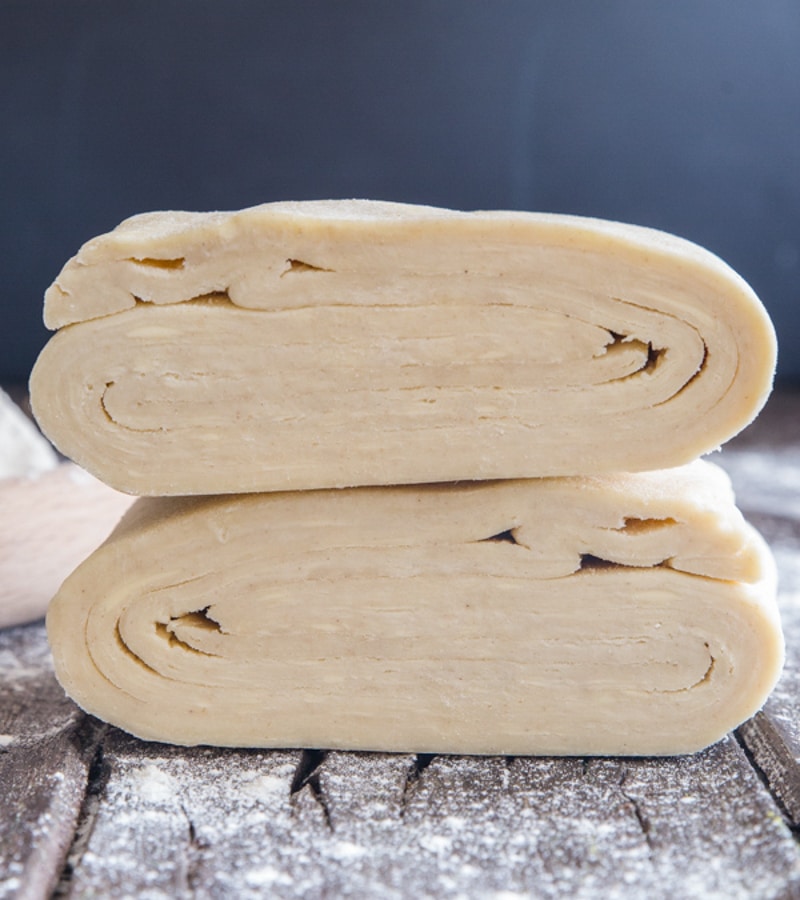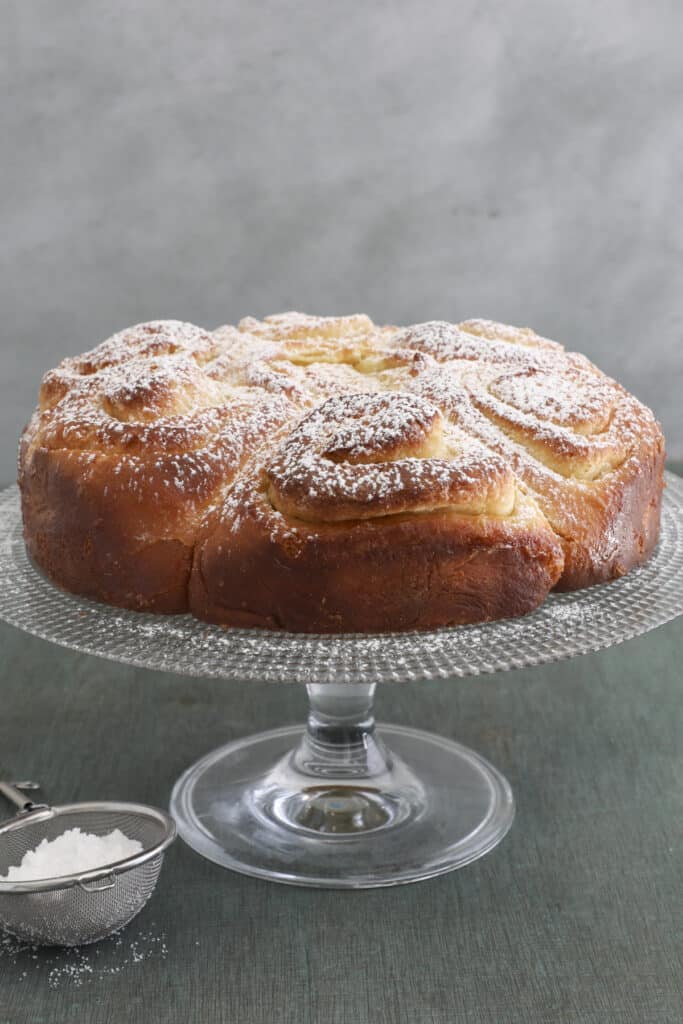Pansotti Pasta with Walnut Sauce
What is Pansotti pasta?
Pansotti is a stuffed pasta typical of Ligurian cuisine. It is characterized by a rich meatless vegetable filling and it is seasoned with a particular walnut sauce that enhances the flavor.
The shape of the pasta can vary from triangles to large tortello. The name pansoto derives from the word pansa, which translates to belly. This is due to the characteristic shape of the pasta. However, there is an unlikely albeit more legendary origin for the name that claims it is derived from General Pansoit, who invented a pasta similar to pansotti in order to feed his troops who were in the Ligurian Riviera in the first part of the nineteenth century.
Pansotti is one of the gastronomic symbols of the eastern Italian coast and their popularity extends from Genoa to the entire riviera. It is precisely in the latter part of Liguria that the pasta has evolved. It is a close relative of ravioli but it differs in size and filling. Pansotti is larger, and the filling consists of a particular mixture of wild herbs (the preboggion) which is enriched with prescinseua cheese and flavored with the marjoram.
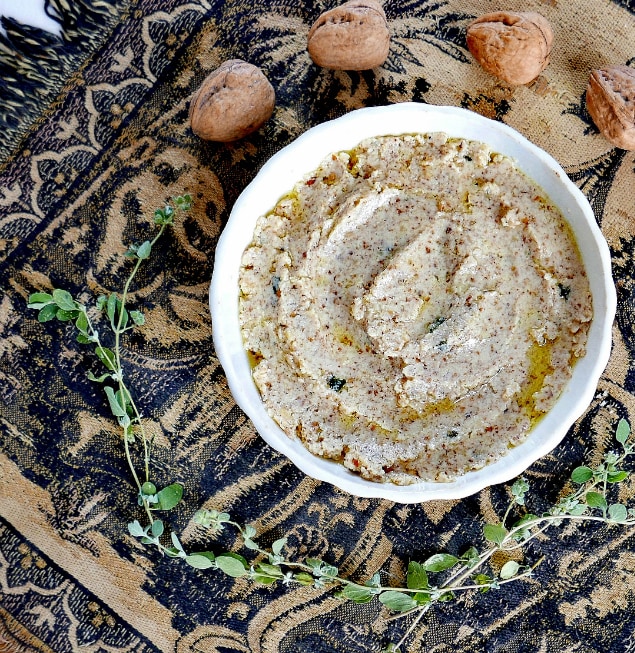
Ligurian ingredients for a delicious and traditional fresh pasta
The preboggion is a variable set of different wild herbs that can be found in the fields near the end of winter. The variability of the composition is caused by the period in which they are collected. In Genoa you can easily find these bunches of herbs also for sale in street markets. The term preboggion derives from the dialectal form preboggii which means blanch (pre-boil), a necessary step to use these herbs, both in the filling of pansotti and in soups or salads.
The prescinseua is a fresh Italian cheese typical of the Genoese area. It is obtained from cow’s milk, although historically it was also obtained from sheep and goat’s milk, which after curdling is filtered through a cheesecloth. The result is a cheese with a characteristic slightly sour taste very common in the Ligurian Levant where, traditionally, it is added in small quantities even in pesto, as well as being the main ingredient of various classic dishes.
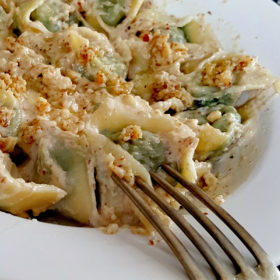
Pansotti with walnut sauce
#wprm-recipe-user-rating-0 .wprm-rating-star.wprm-rating-star-full svg * { fill: #343434; }#wprm-recipe-user-rating-0 .wprm-rating-star.wprm-rating-star-33 svg * { fill: url(#wprm-recipe-user-rating-0-33); }#wprm-recipe-user-rating-0 .wprm-rating-star.wprm-rating-star-50 svg * { fill: url(#wprm-recipe-user-rating-0-50); }#wprm-recipe-user-rating-0 .wprm-rating-star.wprm-rating-star-66 svg * { fill: url(#wprm-recipe-user-rating-0-66); }linearGradient#wprm-recipe-user-rating-0-33 stop { stop-color: #343434; }linearGradient#wprm-recipe-user-rating-0-50 stop { stop-color: #343434; }linearGradient#wprm-recipe-user-rating-0-66 stop { stop-color: #343434; }
Ingredients
Pasta
- 400 gr Wheat flour
- 2 eggs
- 1 glass of white wine
- water as needed
- pinch salt
The stuffing
- 500 g preboggion
- 250 g prescinseua cheese or ricotta cheese
- 40 g Parmigiano Reggiano cheese
- 1 egg
- marjoram a few sticks
- nutmeg to taste
- Salt to taste
Instructions
Preparing the pasta
- Place the flour on a pastry board and form a well.
- Add the eggs, a pinch of salt and the wine.
- With a fork, start working the liquid ingredients, slowly incorporating the flour that surrounds them.
- Continue to knead with your hands until the dough is smooth and the ingredients are evenly mixed., If necessary add a small amount of water.
- Shape the mixture into a ball, cover it with a bowl or plastic wrap and let it rest at room temperature for at least half an hour.
Preparing the filling
- Clean and wash all the herbs.
- Boil them in salted water.
- Drain and squeeze them well in order to eliminate any residual water. It is important to make sure they are completely dry so as not to ruin the flour.
- Finely chop the herbs and place them in a bowl.
- Add the prescinseua cheese, Parmigiano Reggiano cheese, egg, nutmeg and marjoram to the bowl.
- Pay attention to the quantity of marjoram, you will have to add a little so that its flavor enhances the flavor of the herbs without overpowering it.
- Season with salt and mix the filling well to ensure all the ingredients are evenly mixed.
- Set aside. You can also prepare the filling the night before and put it back in the refrigerator. The extra time in the refrigerator will further enhance the flavor.
Making the pasotti pasta
- Now roll out the dough with a rolling pin or a pasta machine making sure the pasta dough is very thin.
- Once rolled, cut squares of 6 cm per side (you can make them from 2.5 to 3 in per side).
- Put the filling in a pastry bag to speed up the process and insert a knob of filling on each square (you can also do the same job with two spoons).
- Take each single square and close it on the filling forming a triangle. Eliminate the air around the filling and seal the sides well.
- Now you have two possibilities: you can leave your pansotti in a triangular shape or you can fold the two corners of the triangle towards the center. ( refer to the photo):
- As you form your pansotti, arrange them in rows on floured trays. This will allow you to store your pansotti in a fridge for up to two days. Or you can freeze them and they will keep for even longer.
Cooking the pansotti
- In a large pot, boil water and add salt.
- When the water boils, add the pansotti and cook for 2-3 minutes: if you are cooking fresh pansotti, they will be ready to remove from the water as soon as they begin to float to the top.
- Once cooked, drain the pansotti and toss them in the walnut sauce. You may save a little of the pasta water and add it to the mixture.
- Serve hot with a generous sprinkling of Parmigiano Reggiano cheese.
Notes
Nutrition
Source: Pansotti Pasta with Walnut Sauce


